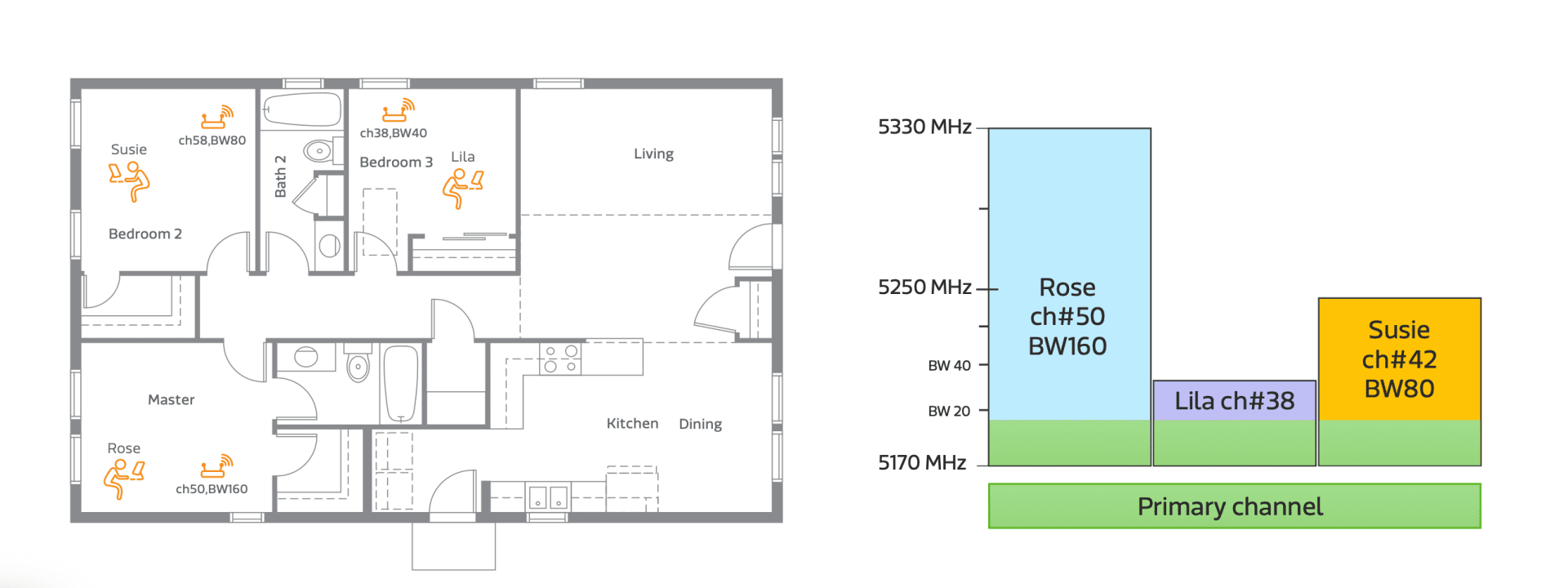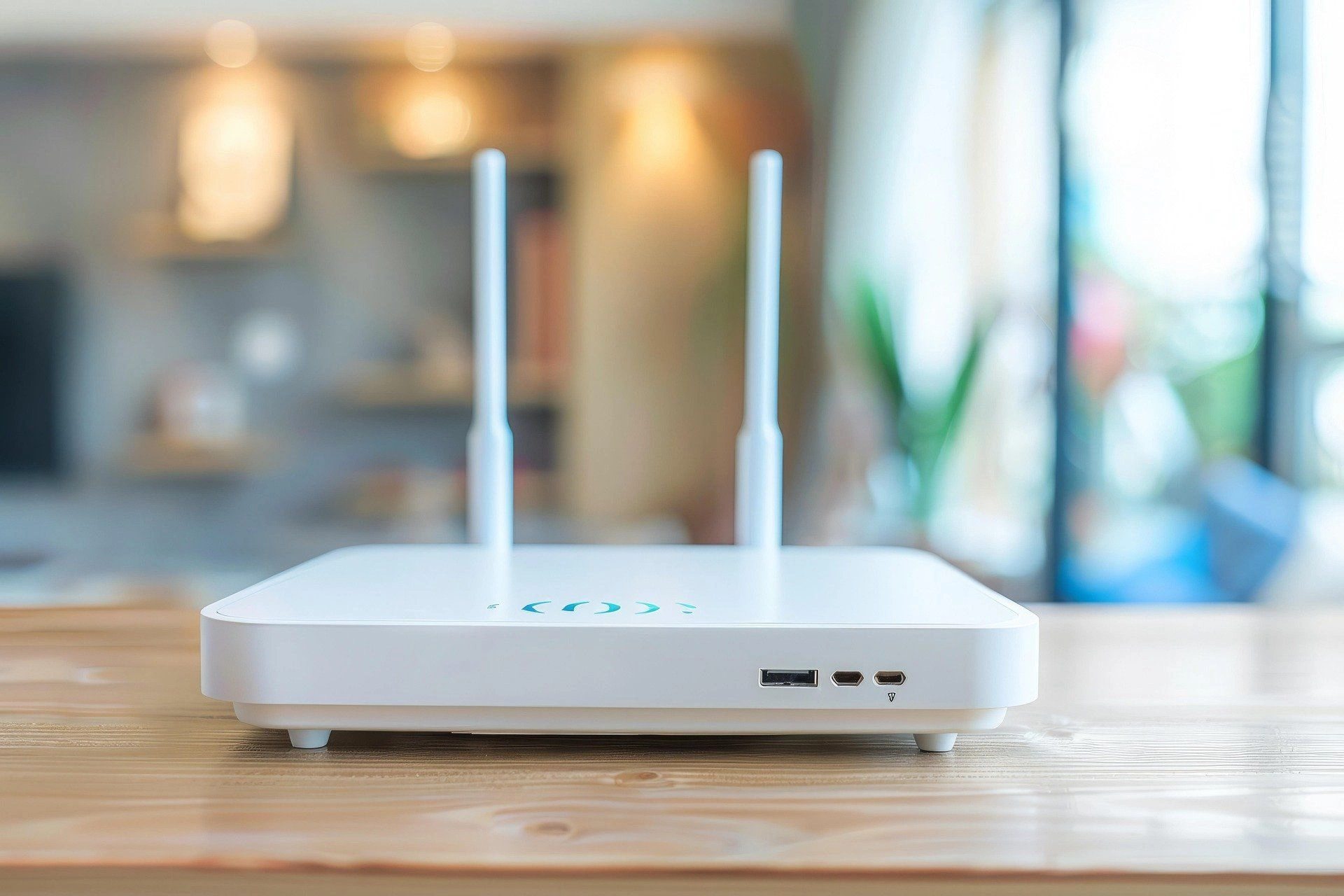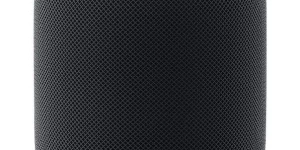Wi-Fi has become one of the most important infrastructures in home networks. And it’s deeply involved with the Matter standard – over two-thirds of Matter certifications are for devices using Wi-Fi, as the Connectivity Standards Alliance (CSA) estimated.
Networking companies like TP-Link and Broadcom have recently showcased Wi-Fi 8 solutions, marking a good start to revealing what could benefit end users. Despite the latest Wi-Fi 8 standard (also known as IEEE 802.11bn) having yet to be finalized – with full ratification expected around 2028 – it has shown clear signs of bringing significant improvements to your Matter smart home.
Read more about Wi-Fi for Matter certification.
A fundamental shift from raw speed to high reliability
While previous Wi-Fi generations focused on achieving “Extremely High Throughput,” Wi-Fi 8 represents a strategic pivot to Ultra High Reliability (UHR). The goal is no longer just to increase the theoretical top speed, which already exceeds the needs of most users, but to deliver a stable, predictable, “wire-like” wireless experience.
This means directly tackling the real-world problems of intermittent lag, jitter, and dropped connections, which are critical pain points for a responsive smart home. For Matter devices, where a delay of more than 150-300 milliseconds on a light switch could be perceptible, this focus on low latency and consistency is a significant improvement.
Optimized for coverage and large traffic
Even though most Wi-Fi-based smart home devices are still using older standards like Wi-Fi 4 (802.11n) or Wi-Fi 5 (802.11ac), the adoption of a Wi-Fi 8 router can still bring better performance for these existing devices. This is because a Wi-Fi 8 router will be an intelligent traffic controller for your entire network.
-
Smarter traffic management for a crowded smart home: A key challenge for Matter-over-Wi-Fi is that dozens of low-bandwidth devices (sensors, plugs, light bulbs) can congest the network, slowing it down for everyone. Wi-Fi 8 introduces Dynamic Sub-channel Operation (DSO) and Non-Primary Channel Access (NPCA). These technologies allow the router to intelligently assign a very small, appropriate slice of the wireless spectrum to each low-power device, rather than forcing them to occupy a full lane of traffic. This frees up the network for high-bandwidth devices and dramatically reduces contention, making the entire network more efficient for both new and old clients.

-
Stable connections for high-demand devices: This improved efficiency is also crucial for devices that generate large amounts of traffic or require constant, stable connections. High-resolution streaming devices, for example, benefit from reduced jitter and more consistent throughput, preventing buffering. Similarly, smart home devices like power-monitoring plugs that send frequent status updates will operate more reliably without degrading the network for other activities.
-
Reducing dead zones with coordinated mesh: Wi-Fi 8 introduces Multi-Access Point (AP) Coordination, a feature that was discussed for Wi-Fi 7 but pushed to the next generation. Instead of mesh nodes simply repeating a signal, they will actively work together as a single system. They can dynamically adjust their power to avoid interfering with each other (Coordinated Spatial Reuse) and even combine their signals to form a more precise and powerful beam toward a specific device (Coordinated Beamforming). This creates a seamless and robust wireless fabric, ensuring stationary Matter devices in challenging locations like basements or garages maintain a rock-solid connection.
-
Boosting the signal for devices on the edge: The new standard also includes Enhanced Long Range (ELR) and Distributed Resource Units (dRU). These features are specifically designed to improve the connection for devices at the very edge of your network’s coverage. The dRU feature is particularly important for low-power devices like battery-operated sensors or outdoor security cameras, as it helps strengthen their weak uplink signals so the router can “hear” them more clearly.
Moreover, essential devices in your smart home setup will likely get Wi-Fi 8 first, like all-in-one gateways (such as Google Nest Wifi and Amazon Eero) or high-end smart home hubs. This is especially important for hubs handling dozens or even hundreds of Matter devices and acting as Thread Border Routers; a robust Wi-Fi connection will better meet the demands of emerging Matter traffic and reduce the failure of commands or status reports.
Better neighbors: Wi-Fi, Thread, and Bluetooth working together
Modern smart hubs and mobile devices are packed with multiple radios – including Wi-Fi, Bluetooth, and Thread – that often compete for antenna space and operate in the crowded 2.4 GHz band. This can lead to them interfering with each other.

The Wi-Fi 8 standard directly addresses this with a feature called In-Device Coexistence (IDC). This technology introduces mechanisms that allow the Wi-Fi, Bluetooth, and Thread radios within a single device to coordinate their transmissions. By reducing this self-interference, IDC improves the overall wireless performance and reliability of the device it’s built into.
This is part of a larger industry trend to integrate multiple wireless technologies onto a single chipset like Apple’s N1 chipset in new iPhones. Broadcom, for instance, has already announced its mobile-focused BCM43109 chip, which integrates Wi-Fi 8, Bluetooth 6.0, and IEEE 802.15.4 connectivity with support for both Thread and Zigbee protocols.
As more chip manufacturers follow this trend, smartphones, tablets, and laptops will become much more effective and reliable controllers for the entire Matter ecosystem.
(Source: TP-Link, MediaTek, Broadcom, IEEE; Image Source: MediaTek, Pixabay/TungArt7)



